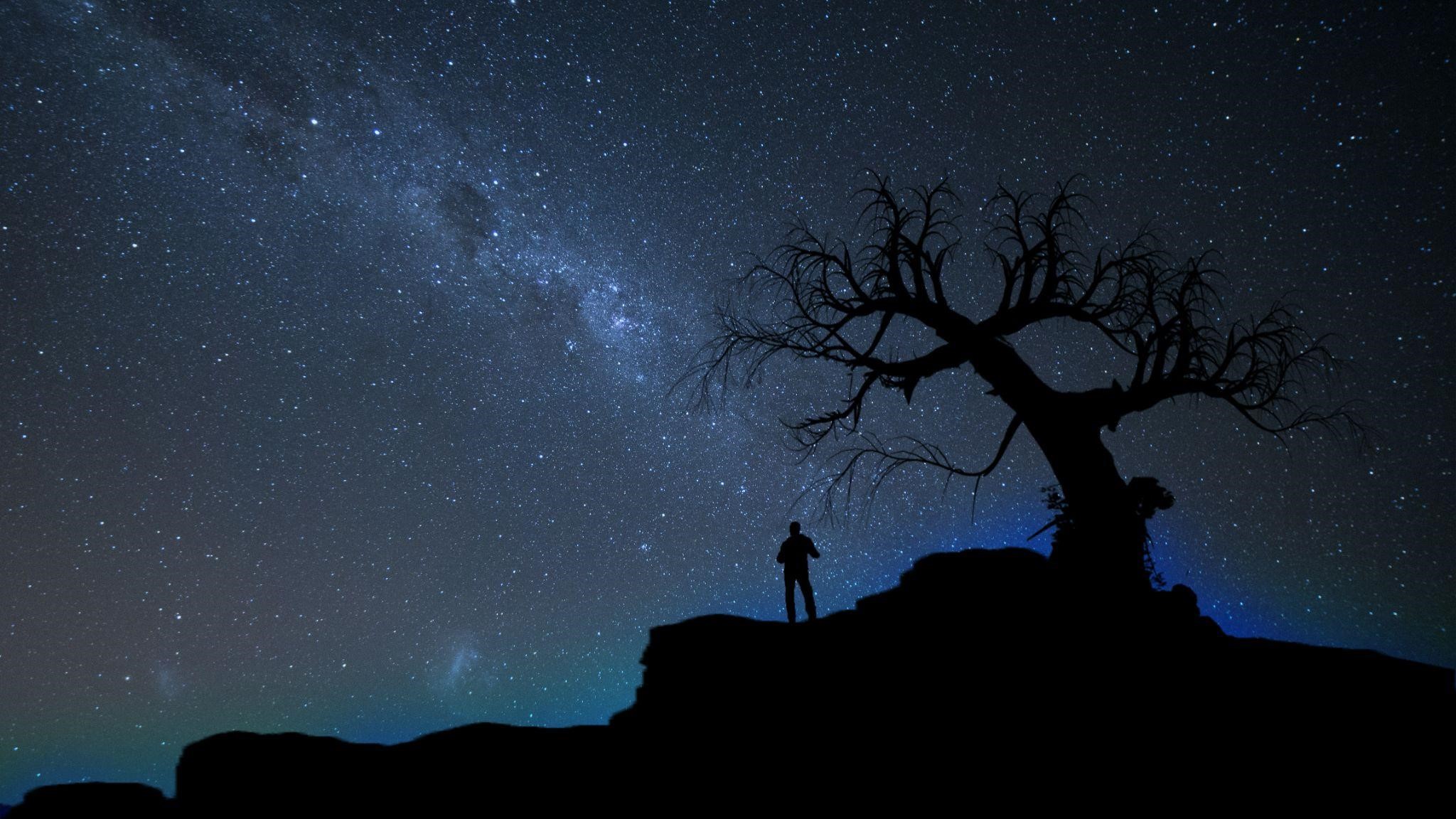Using high-quality night vision binoculars and scopes, you can see people, animals, and objects up to 1,000 yards distant on a night. In the dark, night vision monocular cameras allow you to photograph and film items that you wouldn’t be able to see with your naked eyes.
Two technologies are equivalent to night vision equipment. Traditional night vision technology employs optoelectronic image enhancement, which works by sensing tiny amounts of infrared light reflected off objects and electrically amplifying that light into a distinct brilliant green image. Digital image enhancement is a current technique that captures available light on a digital image sensor and then digitally enhances photographs in full color.
Have you ever seen or heard of a spy show or movie? If that’s the case, you’re undoubtedly aware that spies use special dark-vision glasses. These gadgets are known as night vision goggles. The Wonder of the Day for today digs even further into how they work! Do you have any doubts about whether night vision goggles genuinely work? They most definitely do! They do work rather well. On a cloudy, moonless night, the best night vision goggles can allow users to see over 200 yards away.
To begin, you must first grasp a fundamental knowledge of light. It might surprise you to learn that not all light can be seen. Yes, you are accurate. Visible light is the type of light that people can see. Only a minor part of the electromagnetic spectrum is harmed. The human visual system cannot see other forms in light. This may be seen in infrared and ultraviolet light.
How do night vision goggles operate and what do they look like? This is determined by the ones you utilize. There are two types of technologies in night vision goggles. The two are image enhancement and infrared imaging.
Through image enhancement, existing light is enhanced. This makes viewing photographs much easier. Even on saddest nights, there are glimmers of illumination. It’s possible that some of this light is infrared, which is invisible to humans. Night vision goggles employ image enhancement technologies to gather all available light.
Thermal imaging is another type of night vision technology. Have you heard the term “thermal” before? If that’s the case, you’re aware that this technique involves heat.
Humans, like other hot objects, emit thermal radiation, which is a type of heat. To gather infrared light, binoculars employ a thermal imager. In this manner, you can get a glimpse of what’s happening in dark. It is determined by the amount of heating by the things.
Thermal imaging can extremely helpful when trying to locate people in the dark. It’s also better in low-light conditions. The majority of night vision goggles use an image-enhancement technique.
For the military and law enforcement, night vision technology has several applications. It may, for example, be used to locate persons in the dark. It’s also useful for surveillance and navigation. Hunting and viewing animals after dark may also be done with night vision.
Have you ever seen a picture captured in night vision? If that’s the case, you’ve undoubtedly noticed that it has a green glow to it. Screens that create green images are used in night vision goggles. Because human eyes are better suited to staring at green images for extended periods, this is the case.
Have you ever found yourself in a situation where you needed to be able to see in the dark? That is something that night vision goggles can assist with! Spies and warriors aren’t the only ones that use them. Night vision goggles are used by ordinary people for a variety of applications. Perhaps one day you’ll be able to try on a pair for yourself!
Much digital night vision equipment may be linked to other devices, such as still or video cameras, providing remote viewing in addition to direct viewing through the LCD screen. Digital night vision signals can be saved on SD cards, USB drives, and other storage media. Wi-Fi functionality is available in some digital night vision systems, allowing for simple sharing and live-streaming of films and photos to cellphones, PCs, and other devices.
The night vision sector has been transformed by digital technologies. Each successive CMOS sensor generation has generated superior photos at reduced costs. While early digital night vision systems produced visuals that were not nearly as detailed as traditional optical images, newer gadgets provide incredibly high-resolution displays. Much high-end digital night vision equipment now displays color pictures rather than the traditional luminous green visuals.
Night Vision Technology’s Applications
Night vision technology is utilized in a variety of devices, many of which are meant to improve visibility in dark or low-light conditions. Scopes are perhaps the most common consumer application of night vision technology. A scope is a telescopic sighting instrument that allows you to see faraway things. Scopes can be freestanding (handheld) or attached to certain weaponry, such as rifles. Monocular (one eyepiece) or binocular (two eyepieces) night vision scopes are available (two eyepieces for a stereoscopic image).
Also popular are night vision binoculars. Consider these goggles to be a binocular scope attached to a headband or helmet. Because goggles are worn rather than held, you may use your hands for other things. They’re ideal for going around at night or in dimly lit areas.
Finally, for shooting at night, many still and video cameras have digital night vision capabilities. Surveillance cameras with night vision are often employed, especially around a building’s lighted perimeter.
